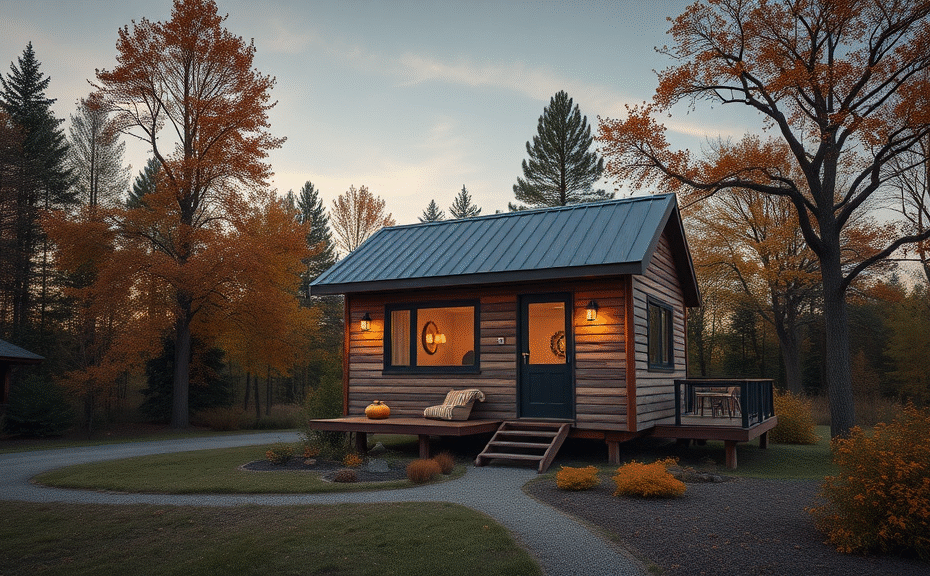Understanding Property Restrictions for Tiny Homes
Many people ask if they can put a tiny home on any property, but the answer depends largely on local zoning laws and land-use regulations. Tiny homes challenge traditional housing norms, so municipalities often have specific rules regarding their placement. Before placing a tiny home, it’s crucial to check with city or county planning departments to understand what’s permitted.
The Impact of Zoning and Land Use
Zoning ordinances dictate whether a tiny home can be placed on residential, agricultural, or commercial property. Some areas only allow permanent tiny homes on legally designated residential lots. Others may permit tiny homes as accessory dwelling units (ADUs) or on agricultural land, often with size and utility stipulations. Without proper zoning approval, placing a tiny home could lead to fines or forced removal.
Essential Factors to Consider
Several factors influence where you can place a tiny home:
- Land Ownership: The property must be owned or leased with permission from the owner.
- Building Codes: Compliance with building codes, including foundation requirements and utilities.
- Access to Utilities: Availability of water, electricity, and sewage systems.
- Permitting Process: Obtaining necessary permits and inspections before installation.
Alternative Options for Tiny Home Placement
If your chosen property has restrictions, consider placing tiny homes in mobile home parks, tiny home communities, or on certified RV lots. These options often have more flexible regulations tailored to small or mobile living spaces, providing a legal and viable solution.
In summary, while the idea of placing a tiny home on any property is appealing, practical limitations exist. Always research local laws thoroughly to ensure your tiny home placement is both legal and sustainable.
